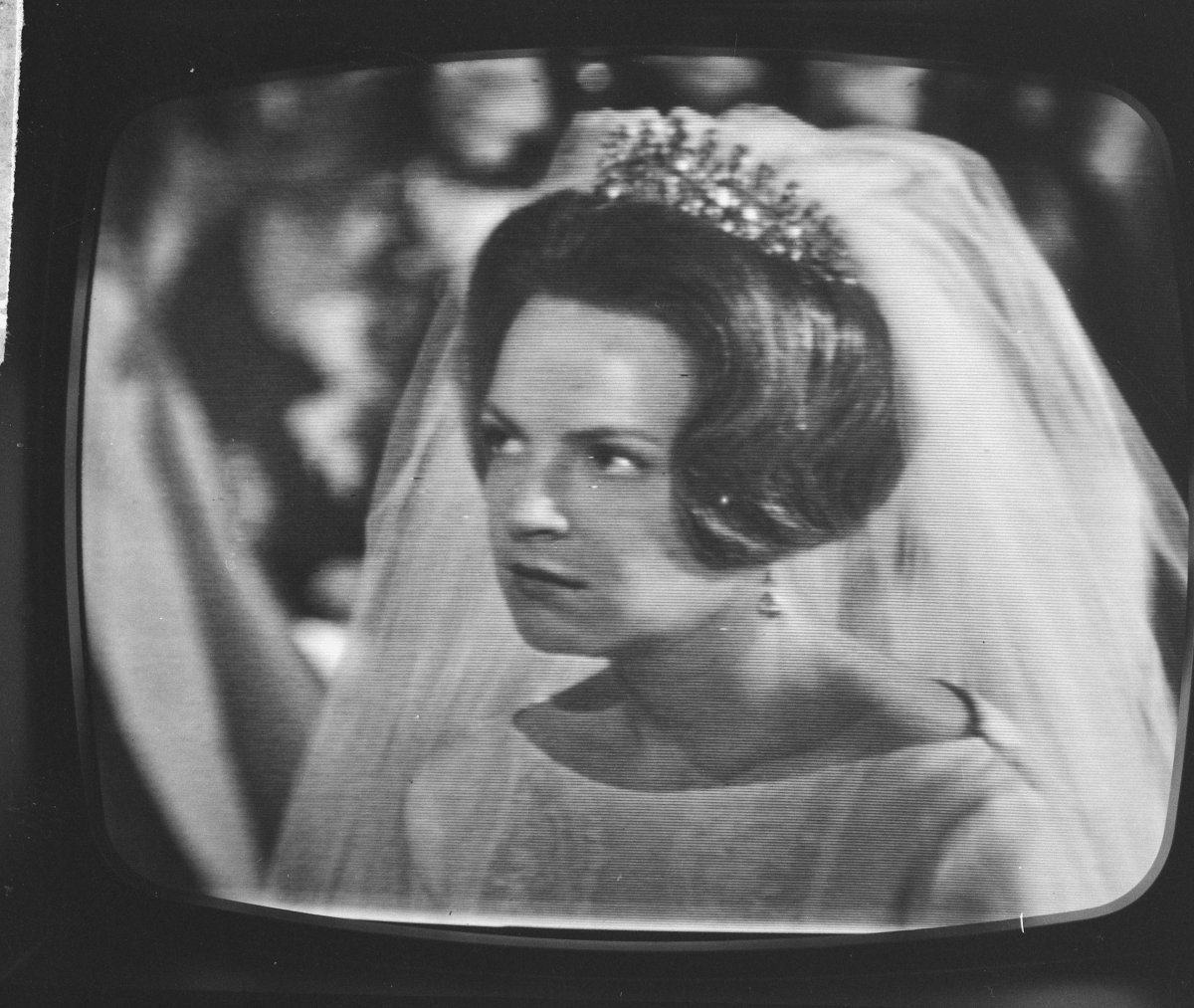
In April 1964, Europe watched one of the most fraught royal weddings in decades take place in Rome. Today, we’ve got a closer look at the wedding tiara worn by Princess Irene of the Netherlands—and at the reasons that her royal wedding was so very controversial.
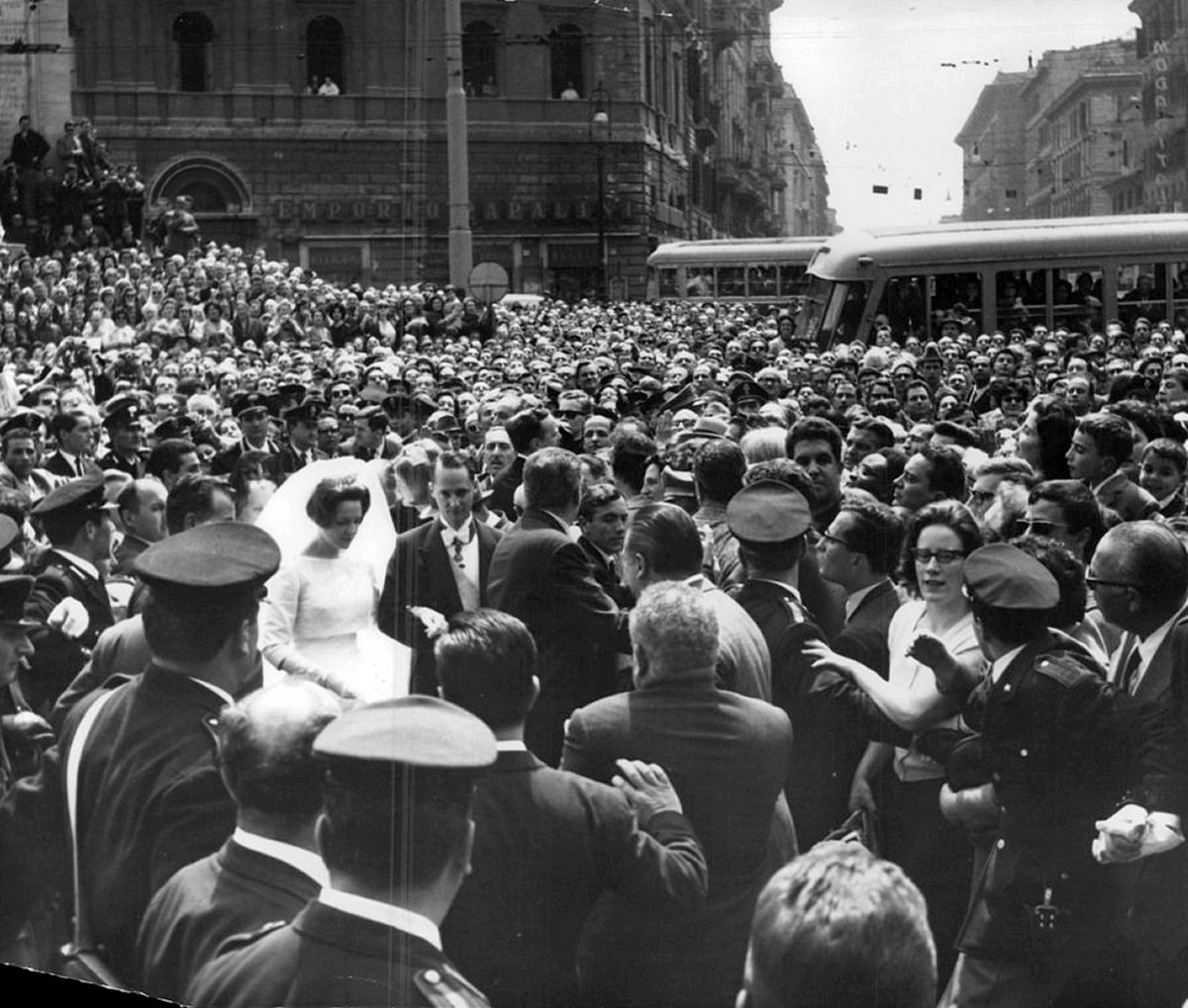
While studying in Spain in the early 1960s, Princess Irene met Prince Carlos Hugo of Bourbon-Parma. She was the Protestant daughter of Queen Juliana of the Netherlands; he was the Catholic son of Prince Xavier of Bourbon-Parma, the Carlist claimant of the throne of Spain. Long story short: Franco was in charge of Spain at the time, there were serious questions about who would succeed him, and Prince Xavier and the Count of Barcelona (grandfather of the present Spanish king) were at odds. Prince Carlos Hugo was living in Madrid and was actively pursuing the family’s claim to the then-unoccupied throne.
The Netherlands has a lengthy and complicated history with Spain and the Catholic Church that goes back centuries. Princess Irene, who had fallen in love with Prince Carlos Hugo, secretly converted to Catholicism in 1963. They planned to marry. The Dutch public were outraged when Irene’s conversion was made public in early 1964. The Dutch government sent a plane to fetch Irene from Spain, but she fled the Dutch embassy in Madrid before she could be retrieved.
When the Dutch people learned that Irene was engaged to marry Prince Carlos Hugo, the Carlist heir, a constitutional crisis ensued. (Religion was part of the issue, but so were Carlos Hugo’s political and dynastic ambitions. His political alignment with Franco was an issue. But beyond that, the Dutch constitution forbade members of the royal family from becoming involved in foreign politics. Irene was, at that point, second in line to the throne. There were also concerns that Irene was being used as a pawn to strengthen the royal connections of the Bourbon-Parmas—and, therefore, that the marriage was engineered to enhance the Carlist claim to the throne.) Queen Juliana tried to put a stop to the marriage, but Irene stood firm. She gave up her succession rights in the Netherlands, returned to her home country with her fiancé at her side, and announced her engagement in February 1964.
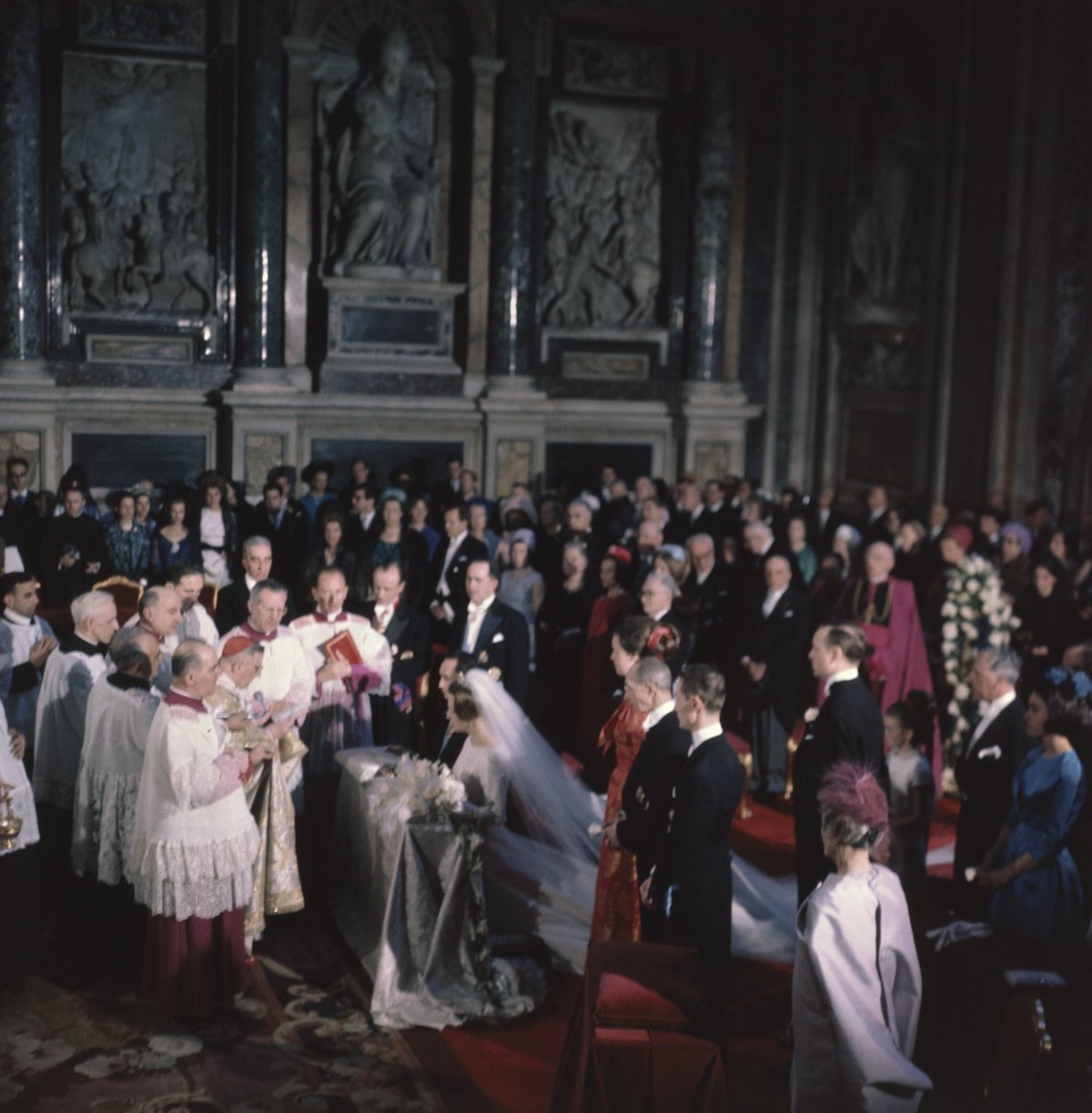
Any hopes that the marriage would be private and non-controversial were dashed when Princess Irene made a public declaration of support for her fiancé’s claim to the Spanish throne in April 1964. The Dutch government released a statement disavowing any connection with Irene or her statements. Her planned participation in upcoming official diplomatic events was canceled. And it was made clear that Irene’s wedding would have to take place outside of the Netherlands.
No members of Irene’s family attended the ceremony, which took place at the Basilica of Santa Maria Maggiore in Rome on April 29, 1964. No representatives from the Dutch or Spanish governments were present either, though numerous Bourbon-Parma family members were there. (One of them, interestingly, was Carlos Hugo’s Habsburg aunt, Zita, the last Empress of Austria-Hungary.) Queen Juliana, Prince Bernhard, and Princesses Beatrix, Margriet, and Christina watched the wedding on television at the home of Bernhard’s mother, Princess Armgard. Just before Irene departed for the basilica, she spoke with her mother on the telephone. But newspapers noted that the relationship between the bride and her mother had “deteriorated since the announcement 11 days ago by the House of Bourbon-Parma of the date and place of the wedding without consulting Queen Juliana.” In another twist of fate, a power failure affected the television feed, which meant that the Dutch royals didn’t see the end of the wedding mass.
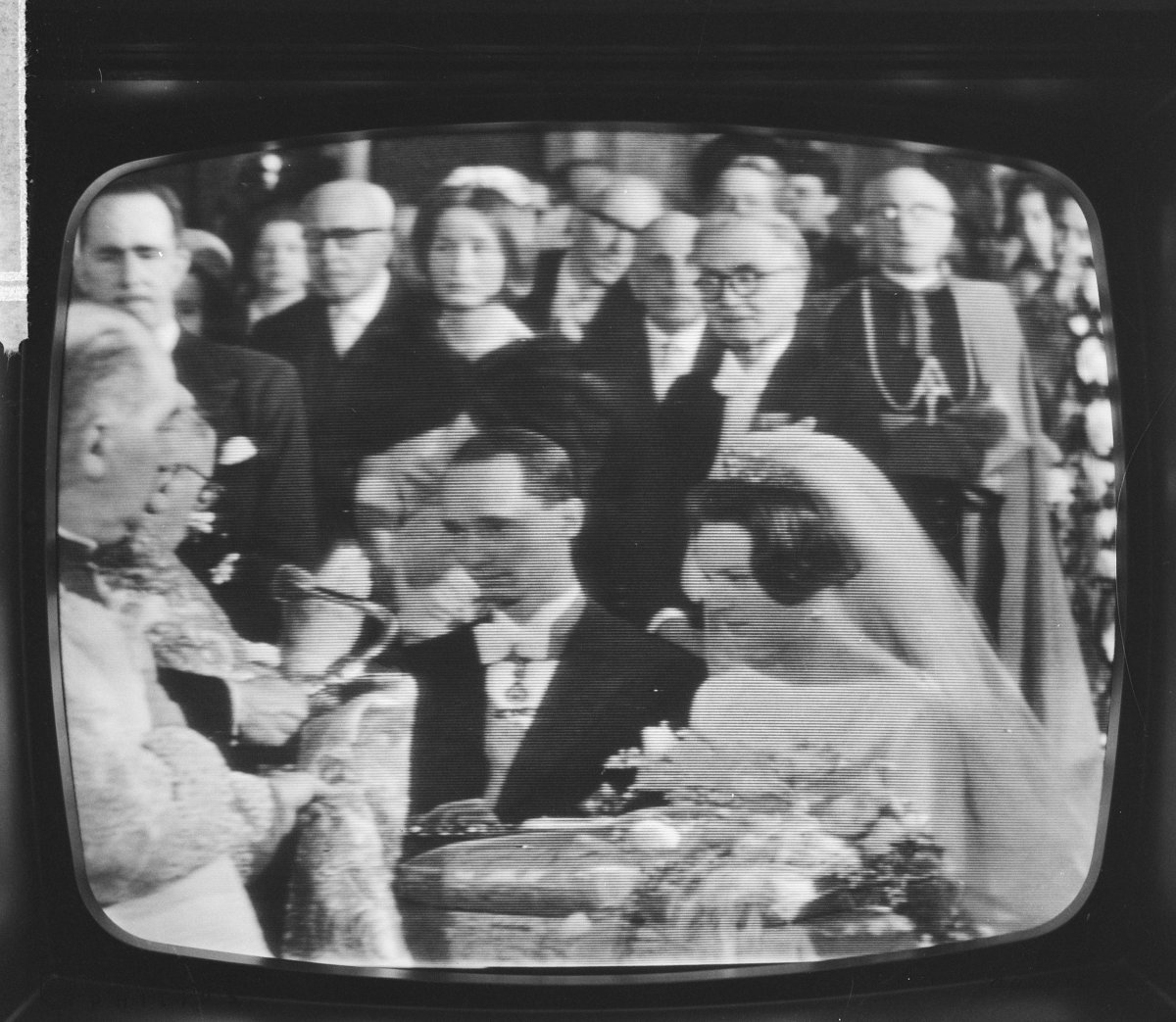
Princess Irene wiped away tears throughout the ceremony, and newspapers reported that she nearly tripped and fell as she arrived at the cathedral on the arm of her fiancé. She said her wedding vows in Spanish. Immediately after the ceremony, the Dutch prime minister released a statement: “The constitutional position of Princess Irene in our midst has lapsed … the silence that follows may promote the happiness of the princess.” The statement included no mention of Irene’s new husband.
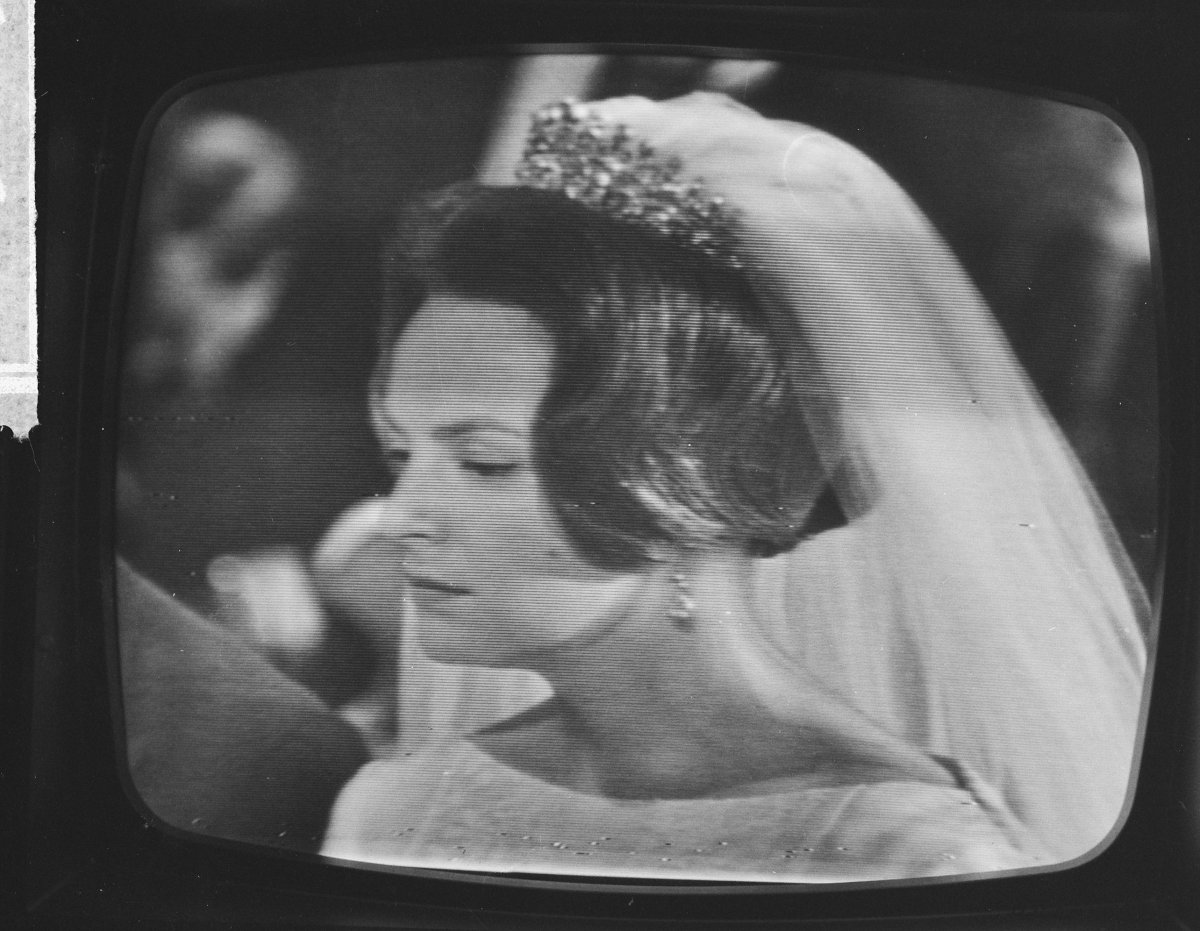
On the wedding day, Princess Irene wore a white silk wedding gown made by French couturier Pierre Balmain. The gown was trimmed with Dutch lace. Her tulle veil was secured with a major Bourbon-Parma family heirloom. The diamond tiara, usually simply called the Bourbon-Parma Tiara, was made in 1884 for the groom’s grandmother, Infanta Maria Antonia of Portugal, the second wife of Prince Robert, Duke of Parma. The diamonds in the tiara, though, had a much longer royal history. They were originally set in a tiara that had belonged to the Duchess of Angoulême, the only surviving child of King Louis XVI and Queen Marie Antoinette of France. Today, the whereabouts of the tiara are unknown.
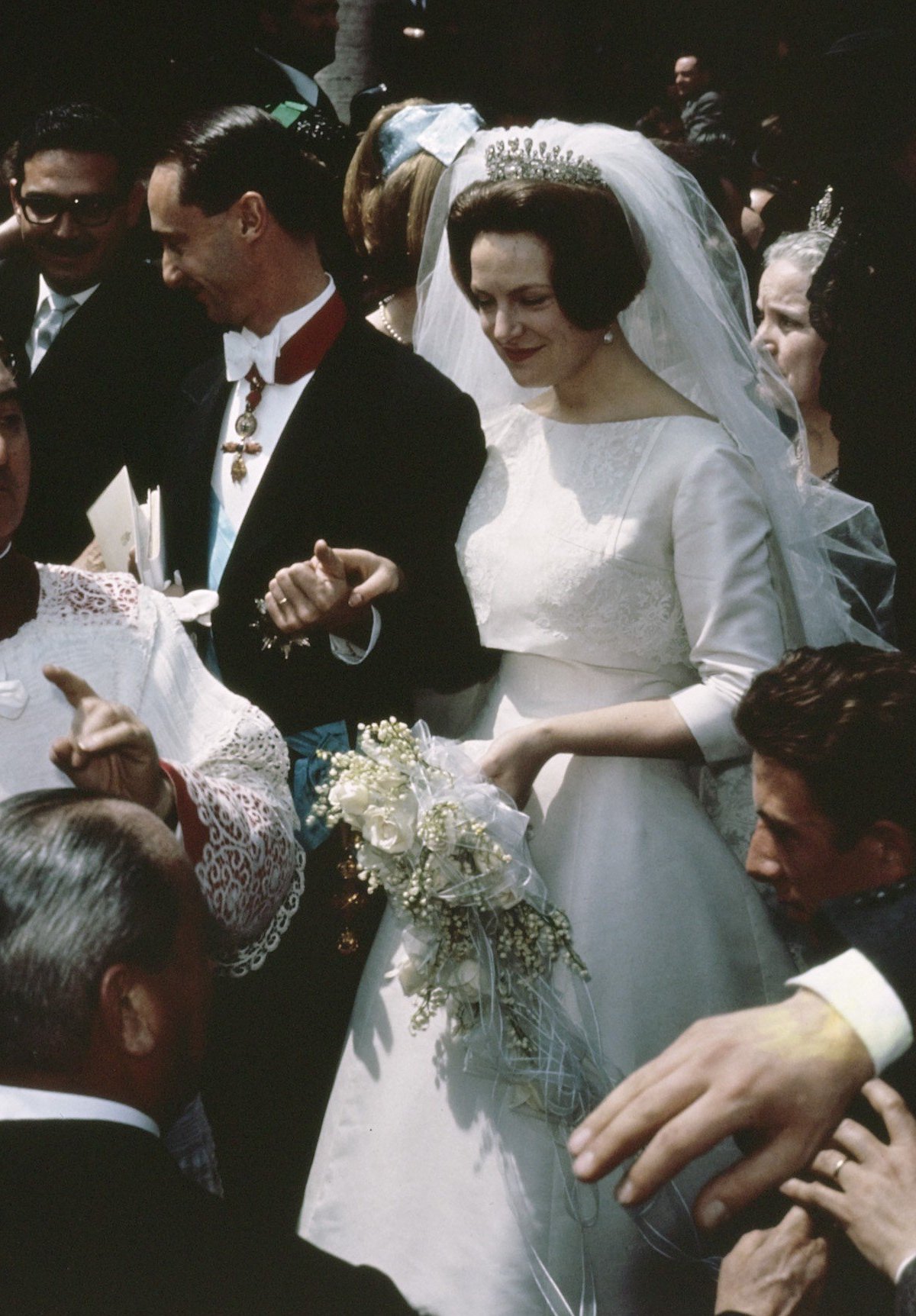
The press noted that Irene had “brightened” as the marriage ceremony concluded, and she smiled as she and her new husband greeted the large crowd that had gathered outside the basilica. The marriage, which began so controversially, lasted for 17 years. The couple had four children before divorcing in 1981. Afterward, Irene and her children moved back to the Netherlands, where she continues to live today.
Leave a Reply
You must be logged in to post a comment.